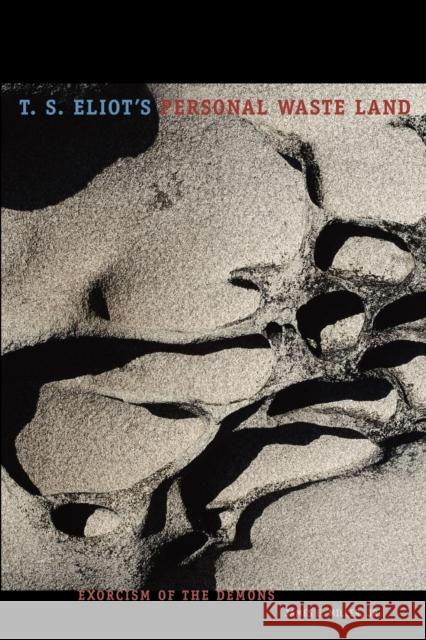T. S. Eliot's Personal Waste Land: Exorcism of the Demons » książka
T. S. Eliot's Personal Waste Land: Exorcism of the Demons
ISBN-13: 9780271027371 / Angielski / Miękka / 2005 / 192 str.
A major reinterpretation, T. S. Eliot's Personal Waste Land: Exorcism of the Demons takes Eliot at his word in his reiterated statements that The Waste Land was not a "criticism of the contemporary world" but a personal "grouse against life." It is the first critical work to investigate in depth the sources of the poem in Eliot's life, with particular attention to Eliot's "Calamus"-like attachment to a French youth during Eliot's graduate year in Paris, his subsequent precipitate (and disastrous) marriage following the death of his young French friend in World War I, and his 1921 nervous breakdown (suffering from what he called "an aboulie and emotional derangement which has been a lifelong affliction") that led to the writing of The Waste Land. Yet the main thrust of this work is not on Eliot's life, but on his poetry, exploring ways in which the fragmentary details of his life shape and illuminate the poems. While some consideration is given to the early, confession-like "Ode" (later suppressed), and to the famous "familiar compound ghost" of the later Four Quartets, primary attention is focused on the original drafts of The Waste Land. The poem emerges from a meticulous and detailed reading of the manuscripts as indeed a kind of elegy for a dead friend, with links to Tennyson's In Memoriam and Whitman's "When Lilacs Last in the Dooryard Bloom'd," and thus not a piece of "social criticism" but an expression of anguish and pain and despair working toward resignation, resolution, and reconciliation. It becomes clear that this interpretation is not dependent on biographical conjecture and reconstruction, but flows inevitably from simple close scrutiny of the intricate evolution of The Waste Land; therefore the firm establishment of the full facts of Eliot's early life is unnecessary to this "meaning." In following Eliot's own frequent hints, this book offers a vital corrective to all the previous readings (or misreadings) of The Waste Land, and has important implications for the entire Modernist Movement.











